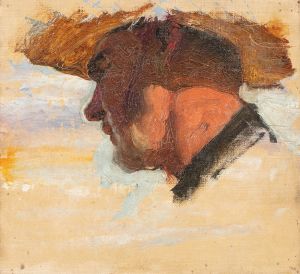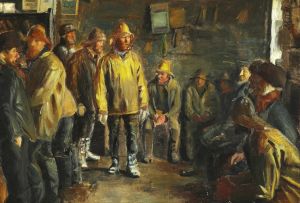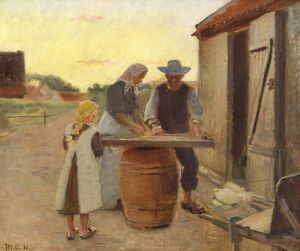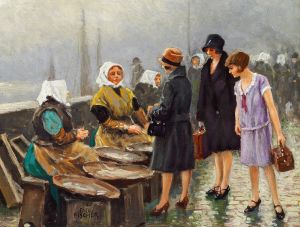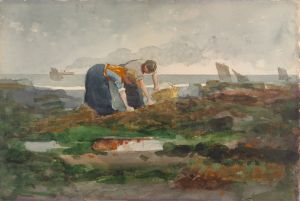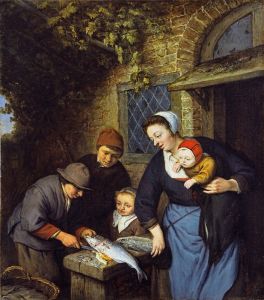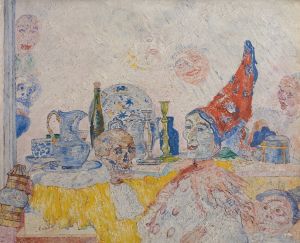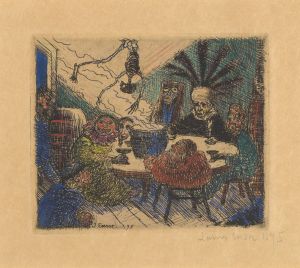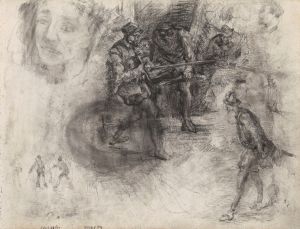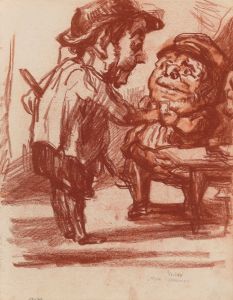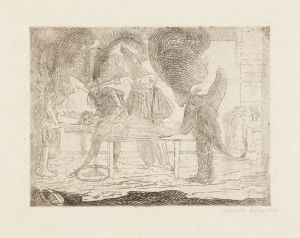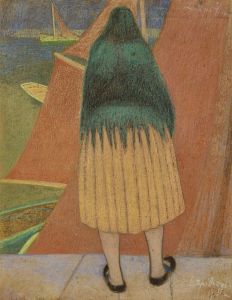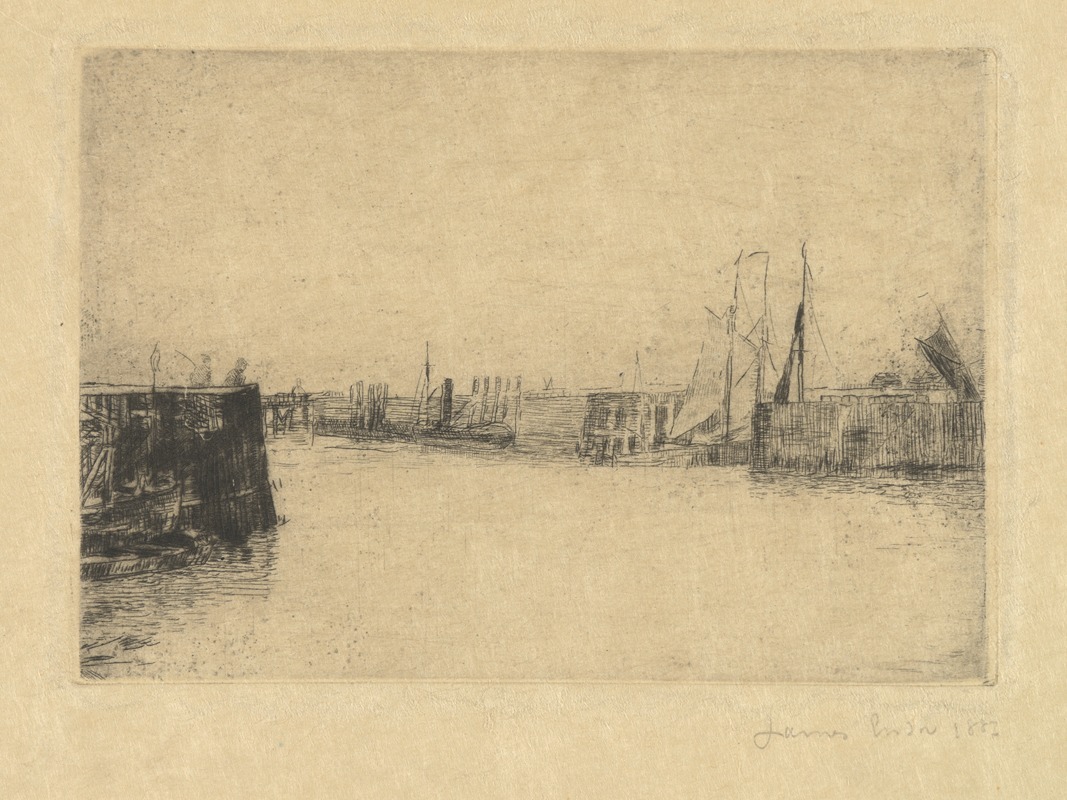
Staketsel – Pier te Oostende
A hand-painted replica of James Ensor’s masterpiece Staketsel – Pier te Oostende, meticulously crafted by professional artists to capture the true essence of the original. Each piece is created with museum-quality canvas and rare mineral pigments, carefully painted by experienced artists with delicate brushstrokes and rich, layered colors to perfectly recreate the texture of the original artwork. Unlike machine-printed reproductions, this hand-painted version brings the painting to life, infused with the artist’s emotions and skill in every stroke. Whether for personal collection or home decoration, it instantly elevates the artistic atmosphere of any space.
"Staketsel – Pier te Oostende" is a painting by the renowned Belgian artist James Ensor, created in 1888. James Ensor (1860-1949) was a prominent figure in the Symbolist movement and is often associated with the avant-garde group Les XX. His works are characterized by their innovative use of color, light, and often satirical content.
The painting "Staketsel – Pier te Oostende" depicts the pier in the coastal city of Ostend, Belgium, where Ensor spent much of his life. Ostend, known for its beaches and as a seaside resort, provided Ensor with a wealth of inspiration for his maritime scenes. The pier, a significant structure in Ostend, was a popular subject for Ensor, who frequently captured the interplay of light and water in his coastal landscapes.
In "Staketsel – Pier te Oostende," Ensor employs a vibrant palette and dynamic brushstrokes to convey the movement and atmosphere of the seaside environment. The painting features the wooden structure of the pier extending into the sea, with waves crashing against it. Ensor's use of light and shadow creates a sense of depth and movement, drawing the viewer's eye along the length of the pier and out to the horizon.
Ensor's technique in this painting reflects his interest in the effects of natural light and his ability to capture the transient qualities of the coastal landscape. The composition is balanced, with the pier serving as a strong diagonal element that divides the canvas and leads the viewer's gaze into the distance. The sky and sea are rendered in a harmonious blend of blues and whites, with subtle variations that suggest the changing weather and light conditions.
"Staketsel – Pier te Oostende" is an excellent example of Ensor's ability to combine realism with a more expressive, almost impressionistic approach. While the structure of the pier is depicted with a certain degree of accuracy, the overall effect is one of movement and atmosphere rather than precise detail. This blend of realism and expressionism is a hallmark of Ensor's work and contributes to the painting's enduring appeal.
James Ensor's contributions to art were recognized during his lifetime, and he received numerous accolades, including being named a baron by King Albert I of Belgium in 1929. His work has had a lasting impact on modern art, influencing subsequent generations of artists with his innovative techniques and unique vision.
Today, "Staketsel – Pier te Oostende" is held in high regard and is part of various public and private collections. Ensor's paintings, including this one, continue to be studied and admired for their technical mastery and their ability to capture the essence of the Belgian coast. The painting remains a testament to Ensor's skill as an artist and his deep connection to the city of Ostend.





